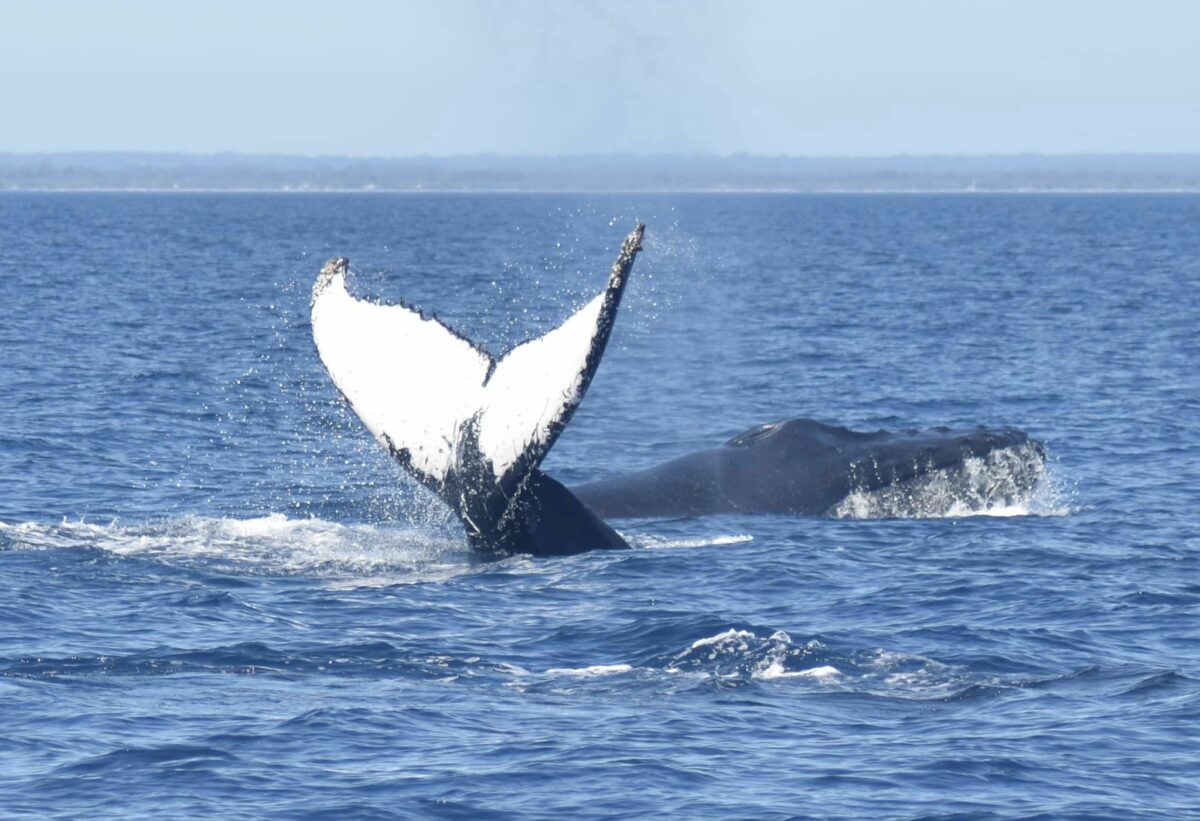When we think about majestic whales gliding through Flinders Bay in Augusta or Geographe Bay in Busselton, we often marvel at their sheer size, their grace, and their incredible migrations.
But did you know that each whale has a unique “thumbprint” that helps us and researchers to identify them?
This thumbprint isn’t found on their flippers or heads, but on the underside of their tails, known as flukes.
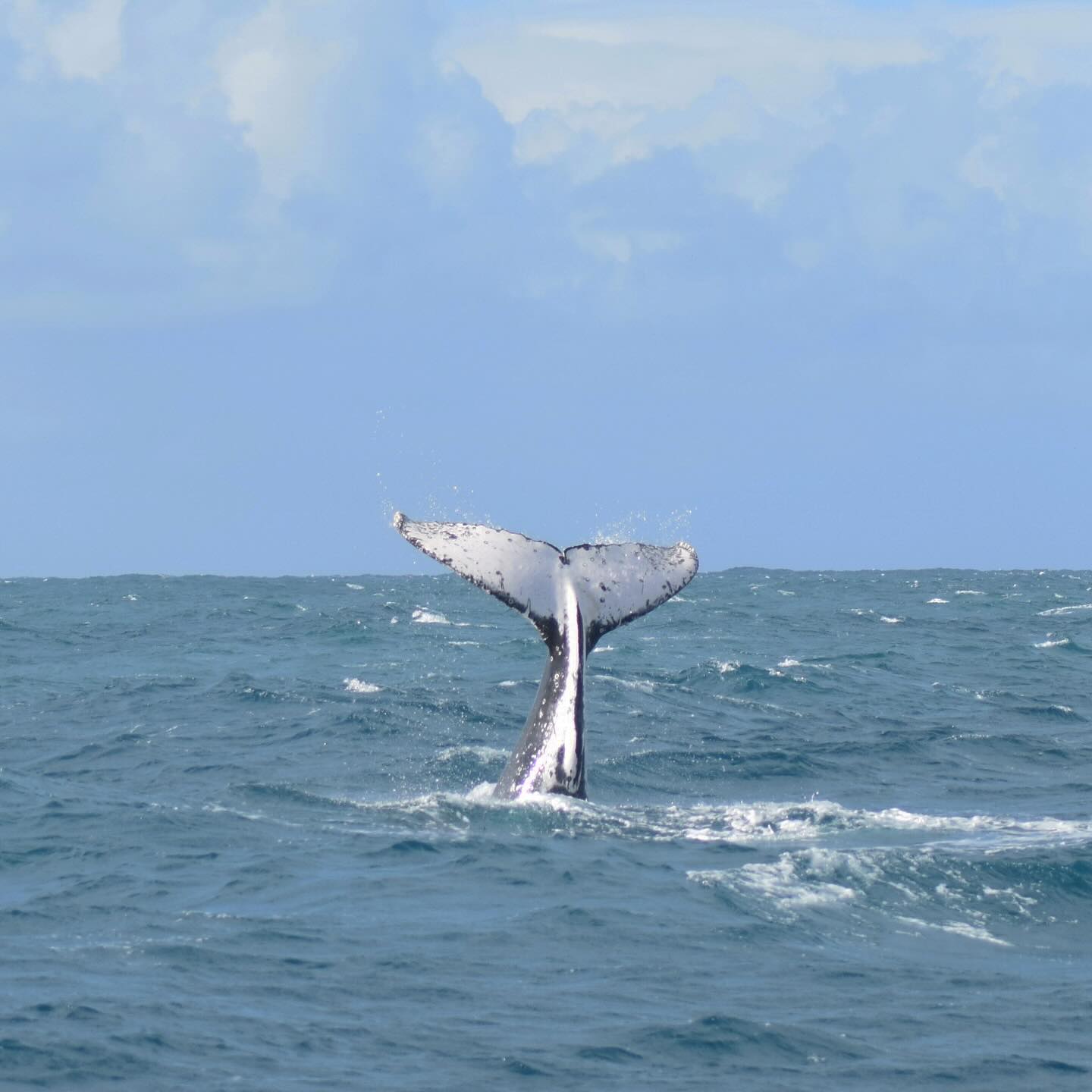
The Whale’s Unique Identifier
Much like human fingerprints, the underside of a whale’s tail is unique to each individual.
The patterns of scars, pigmentation, and the overall shape of the flukes create an identifying mark that can be used to track and study individual whales over time.
This method of identification is crucial for marine biologists and researchers who study whale populations, behaviours, and migrations.
Why the Flukes?
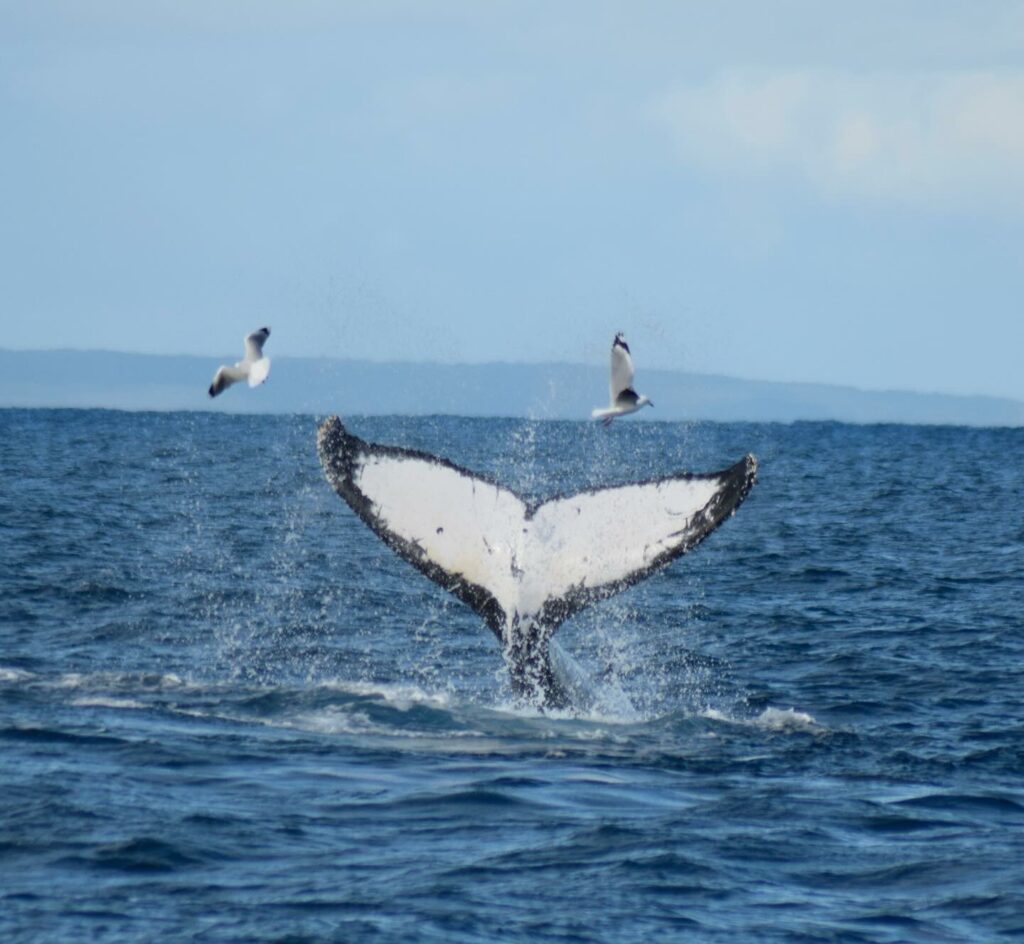
The flukes of whales are often the most visible part of their bodies when they dive.
As the whale lifts its tail out of the water before a deep dive, researchers have the perfect opportunity to capture clear photographs of the underside.
These photos are then catalogued and used to create a database of individual whales.
By comparing new photos with existing ones, researchers can identify which whales are returning to specific areas, monitor their health, and track their migratory patterns.
How It’s Done
- Photographing the Flukes: Researchers take high-resolution photographs of the whale’s flukes. The best photos are those that capture the entire underside of the tail as the whale dives.
- Cataloguing the Images: These images are then uploaded to a database where each whale’s fluke pattern is catalogued. This process involves noting specific features such as the shape of the flukes, distinctive marks, scars, and coloration.
- Comparing and Matching: When a new photo is taken, researchers compare it with the existing database. Sophisticated software aids in matching the unique patterns, much like fingerprint matching technology.
- Tracking Over Time: By identifying and re-identifying whales over time, researchers can track their movements, reproductive success, and changes in health. This data is invaluable for understanding the long-term trends and health of whale populations.
The Importance of Individual Identification
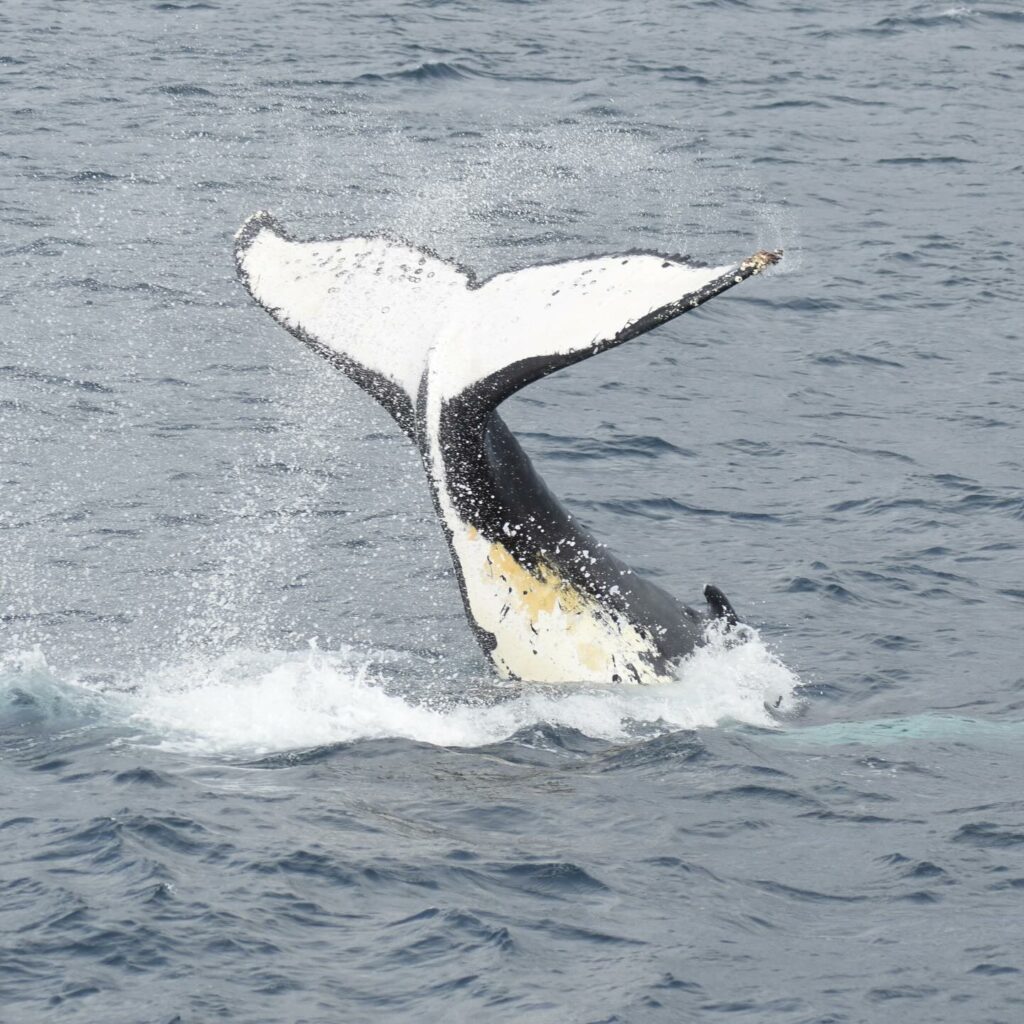
Identifying individual whales allows researchers to gather critical data on whale populations. This information helps in:
- Understanding Migration Patterns: By tracking where individual whales travel, researchers can map out migration routes and identify important feeding and breeding grounds.
- Monitoring Health and Reproduction: Tracking individual whales over time provides insights into their health, longevity, and reproductive success, which are vital for conservation efforts.
- Assessing Human Impact: By studying changes in individual whales’ health and behaviour, researchers can assess the impact of human activities such as shipping, fishing, and climate change on whale populations.
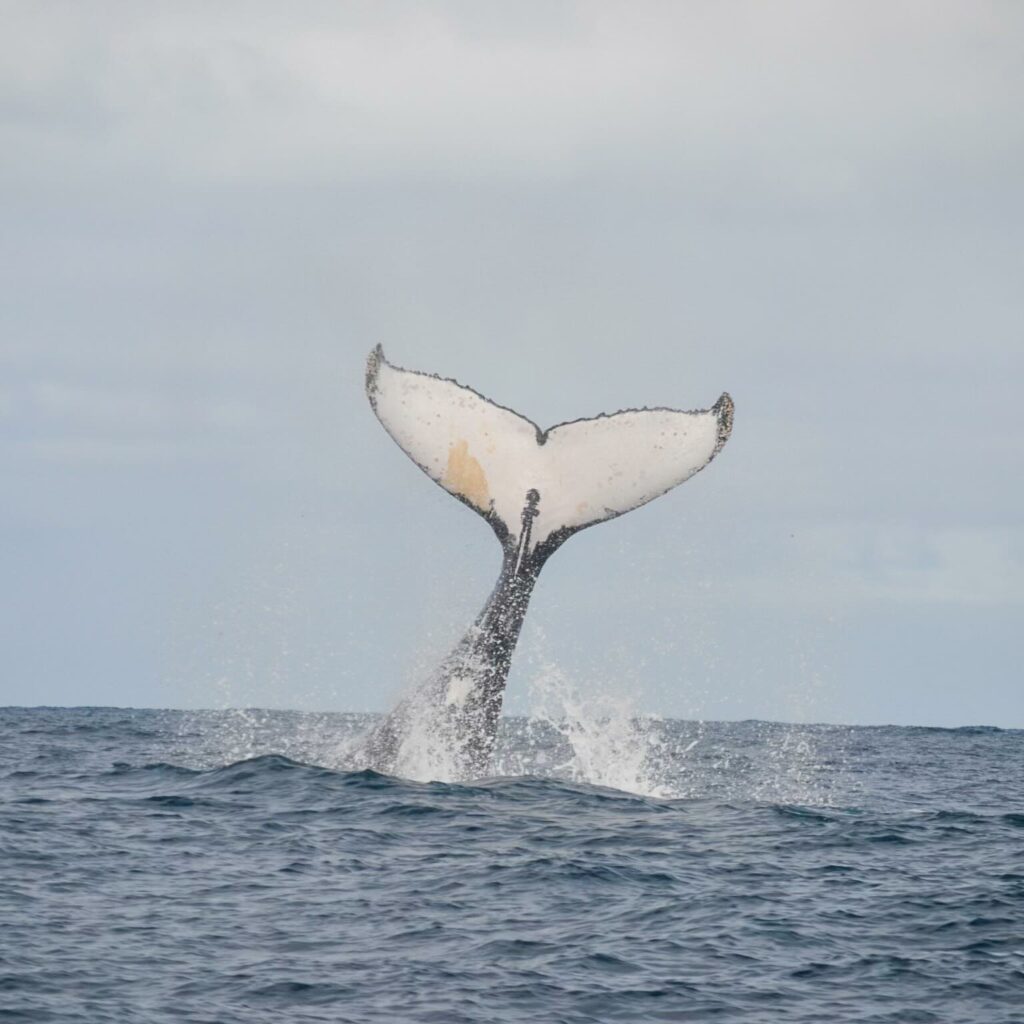
The underside of a whale’s tail is more than just a beautiful sight; it’s a critical tool for researchers working to understand and protect these magnificent creatures.
Each unique fluke pattern tells a story, helping us to learn more about the lives of individual whales and the broader health of our oceans.
So next time you see a whale diving, remember that its tail is its unique identifier, much like our thumbprint, playing a vital role in the ongoing efforts to conserve and understand these giants of the deep.

